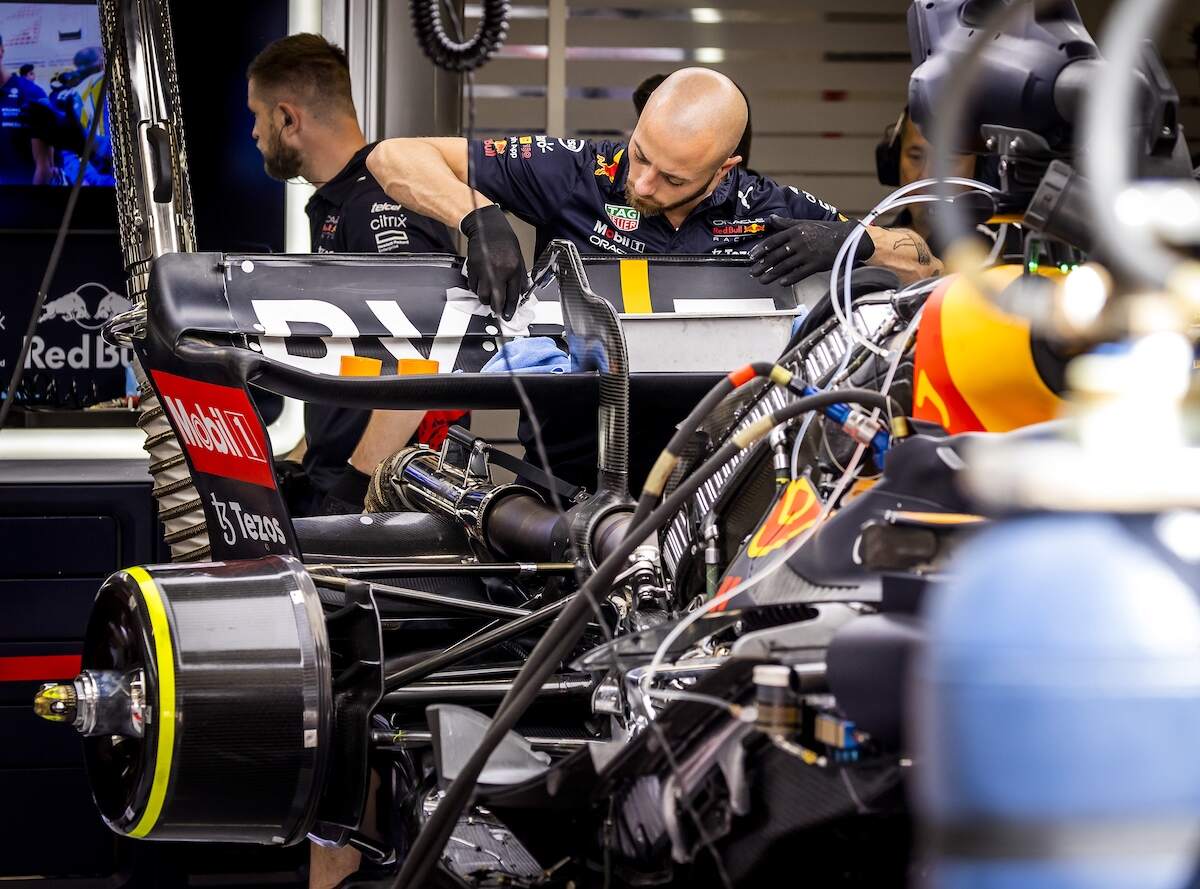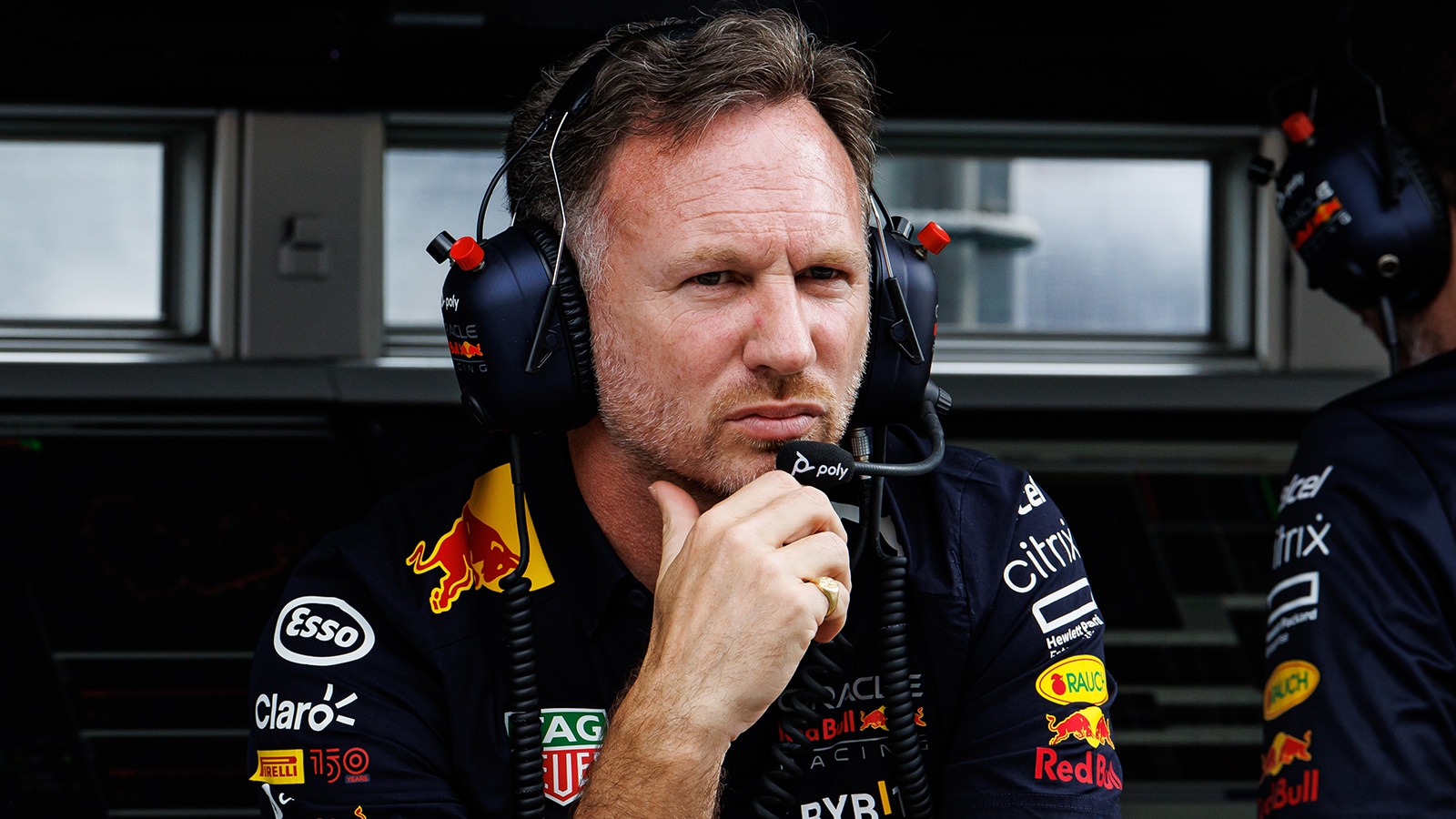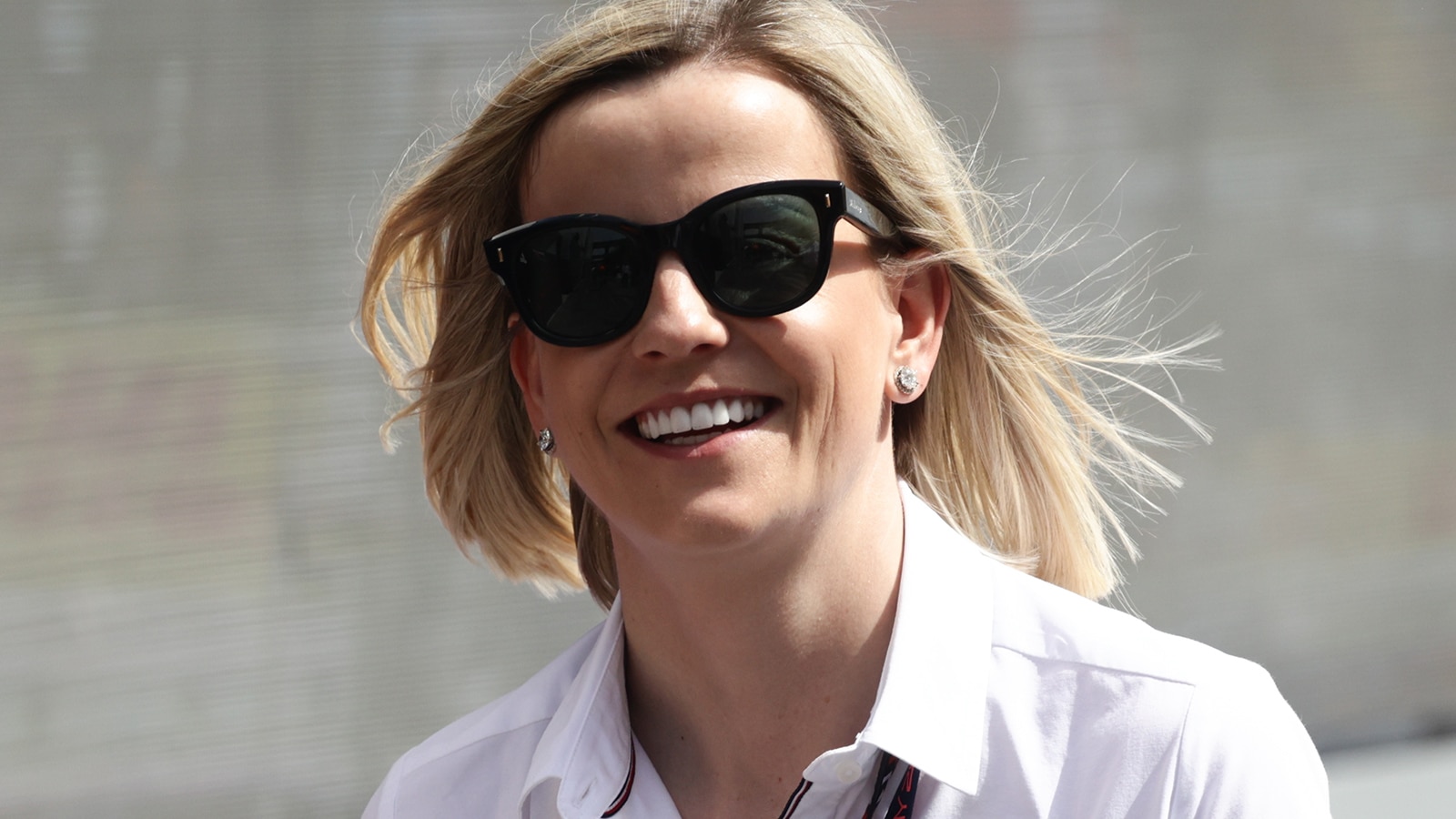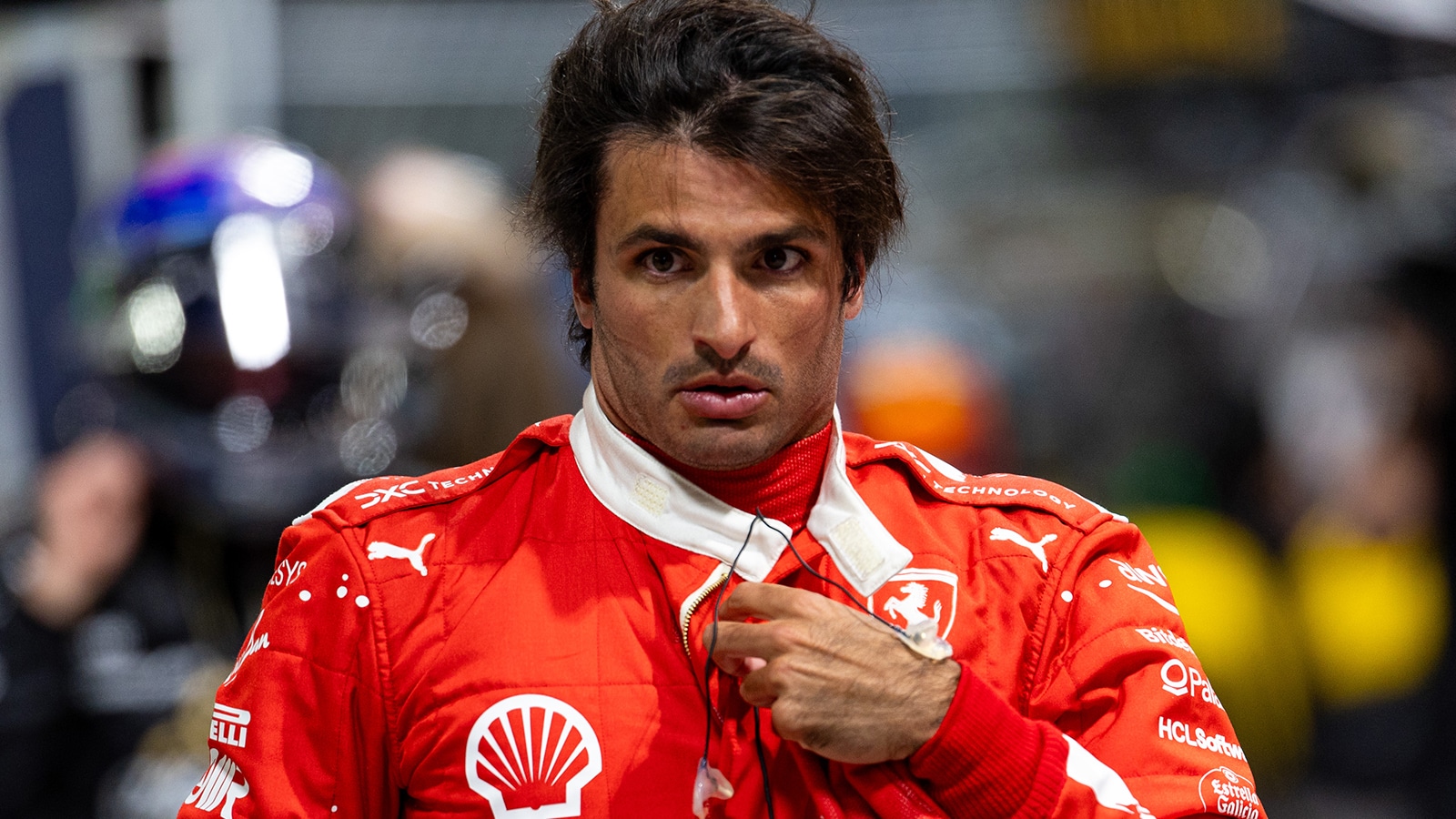
DRS Formula 1: How the Technology Works and Its Effect on Modern Racing
Formula 1 is built on engineering, even more so than other motorsports, and the rapid pace sometimes leads to controversy. In recent years, no F1 technology has drawn as much negativity, confusion, and effusive praise as the Drag Reduction System (DRS), first introduced in 2011.
Some fans adore the system and see it as both fair and exciting. Others are harsh, seeing it as a simplified boost system lacking the finesse that defines great driving techniques.
Regardless of one’s take on this innovative technology, DRS remains a big part of modern F1. The system continues to be adjusted, with new rules to regulate its safe and fair usage. So what exactly is DRS, and how has it changed the way F1 races play out compared to the days before its introduction?
DRS Formula 1: When and why DRS was introduced in 2011
DRS came to F1 as a direct response to the plight of Ferrari driver Fernando Alonso in 2010. The Spanish veteran was close to an F1 World Championship-winning season. The Guardian reports that he needed a second-place finish at Abu Dhabi at worst. Depending on how other leading drivers finished the race, Alonso could’ve taken the crown with only a fourth-place finish.
That all-but-assured result was dashed by the impressive defensive driving of Renault’s Vitaly Petrov. The Russian driver was determined to hold his own in every race and blocked every attempt Alonso made to overtake him. Even without the championship on the line, Petrov insisted on earning his salary that day.
Alonso finished seventh, and his fans were enraged by the drama between the two teams. Many expressed frustration over how difficult safe overtakes are in the sport. F1’s solution was to introduce DRS in 2011.
What is DRS in Formula 1, and how does it work?
So how exactly does DRS help drivers overtake the opposition in a close race? And how could a one-button method of overtaking possibly be fair? According to Motorsport.com, it’s all about leveraging aerodynamics.
Drivers trigger DRS to open a flap on the rear wing of their vehicles. This allows air to flow more freely, heavily reducing drag and assisting a smooth, safe overtake that allows the driver to maintain control. It marks a major shift from F1 standards, which previously banned any moving, external parts meant to affect aerodynamics. Currently, the DRS flap is allowed to lift a maximum of 3.3 inches.
When can DRS be used?
DRS was originally developed to deal with the dirty, turbulent air produced by the lead car in an overtaking situation — a one-second gap between racers. But if all cars could simply reduce their drag mechanically on demand, there would be chaos on the track. ESPN reports that this is why there are strict, constantly evolving rules on where and when DRS is allowed to be triggered.
DRS cannot be activated at all for the first two laps of a race, which is monitored by DRS detection systems on F1 tracks. The same applies for the first two laps after a safety car or red-flag restart.
Each track has designated DRS activation points, otherwise banning usage where the system is deemed unsafe. This includes new designated zones if there have been incidents at a particular point on the track during an active race. And wet track conditions — at the discretion of race control — can trigger a blanket ban of DRS until further notice.
Drivers and fans alike continue to criticize DRS, even as many have improved their standings by using it. Despite the excitement of seeing clean overtakes more often, some see the system as cheating. The latest car designs have reduced the dirty air effect that inspired the system’s creation, so is it necessary?
As with all things F1, the use of this innovative and controversial system will be up for review with each new season.


